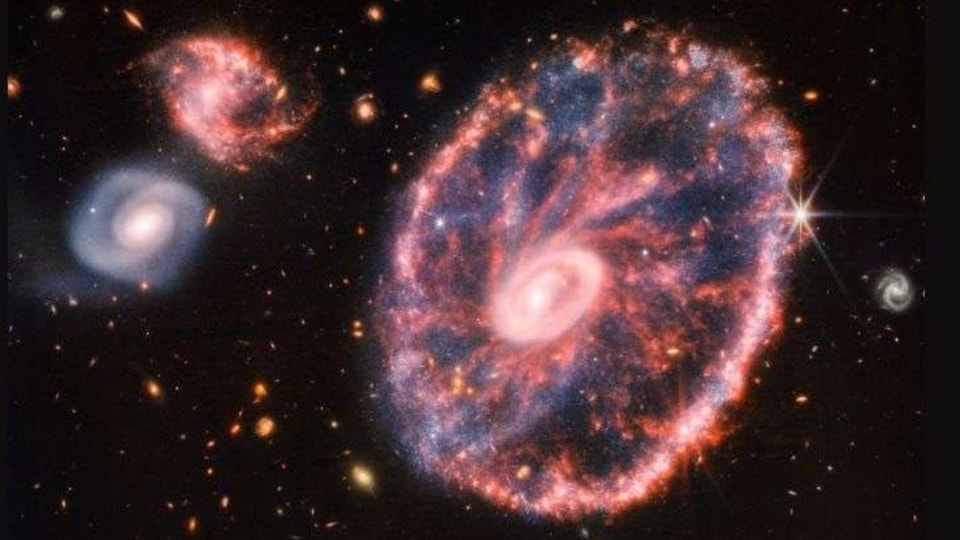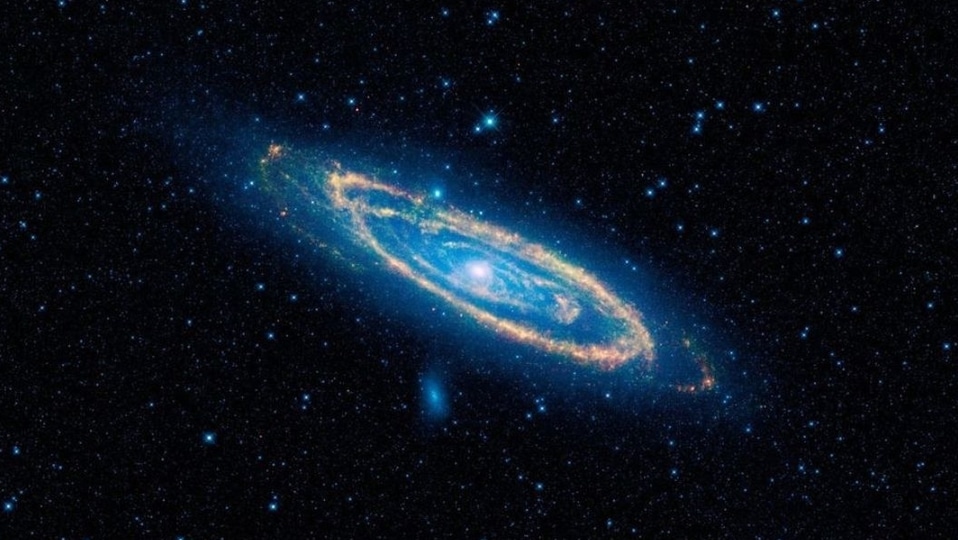Solar storm warning! This Unstable sunspot is facing the Earth and can EXPLODE today
A sunspot which is directly facing the Earth has developed an unstable beta-gamma magnetic field that contains enough energy for a M-class solar flare eruption. So will we see a solar storm brewing today? Find out.



_1659528105742_1659528125441_1659528125441.jpg)


 View all Images
View all ImagesIs a dangerous solar storm brewing in the innards of the Sun? A sunspot has become the cause of concern for scientists. This sunspot, named AR3068, first came into view last week when scientists observed it tripling in size in just 24 hours. The behavior of this sunspot was considered erratic and follow-up observations have been conducted ever since. Today, strange developments were spotted on the sunspot. It was seen that it has developed a beta-gamma magnetic field all around it which contains enough energy for a M-class solar flare eruption. Further, the sunspot is directly in Earth's view currently, so any eruptions today would mean that our planet will face the brunt of the resultant solar storm. This storm can be as powerful as a G4 class solar storm. So, will the sunspot explode today and what can such an intense solar storm do to us? Read on to find out.
The incident was reported by SpaceWeather.com. It posted on its website, “Growing sunspot AR3068 has developed a 'beta-gamma' magnetic field that harbors energy for M-class solar flares. Any explosions today will be geoeffective because the sunspot is almost directly facing Earth”. At the moment, NASA Solar Dynamics Observatory is carefully observing the sunspot to know if any flare eruptions take place.
Sunspot threatens Earth with a solar storm possibility
At the moment, it is not clear whether the sunspot will blast a solar flare or not since it has been behaving erratically for five days straight. However, a solar flare eruption after today will not be as devastating as the sunspot will not be facing our planet resulting in a less intense solar storm. But if it does explode today, even a G4 class solar storm is not out of the question.
If a G4 class solar storm does hit the Earth, it will not just cause beautiful auroras but also cause damage to smaller satellites, disrupt GPS systems, cause radio blackouts and impact mobile networks as well as internet connections. In the worst case scenario, electronic devices experiencing glitches and power grids failure is also not out of the question.
Catch all the Latest Tech News, Mobile News, Laptop News, Gaming news, Wearables News , How To News, also keep up with us on Whatsapp channel,Twitter, Facebook, Google News, and Instagram. For our latest videos, subscribe to our YouTube channel.




























